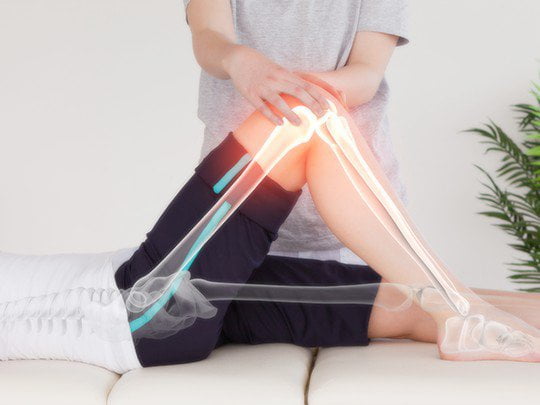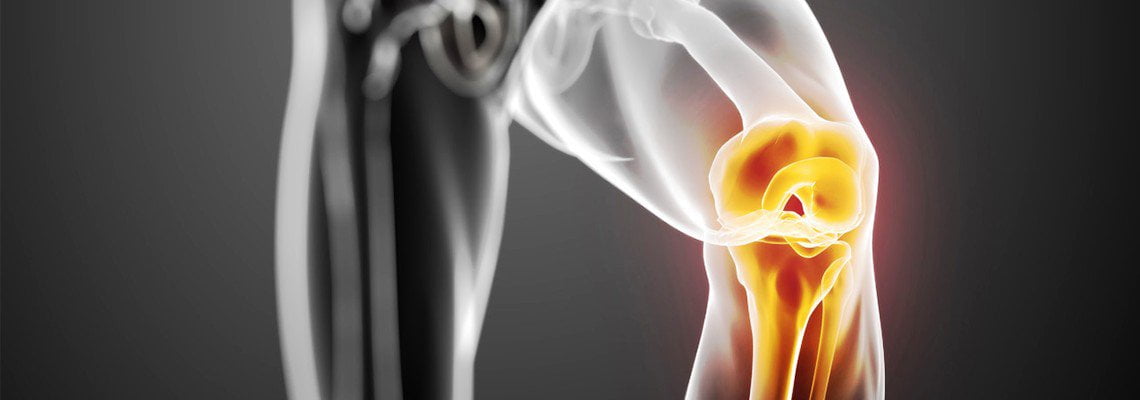
Introduction to Aging and Joint Health
Ahuman skeleton provides the support for the body and consists of bones connected by joints. Our joints allow us to move different parts of our body from the most basic everyday needs, such as walking, going up and down the stairs, to strenuous actions required in activities like sports. The spaces in between our joints consists of a connective tissue called cartilage. Cartilage serves to protect our bones from directly rubbing against each other as we move.
However, we begin to lose cartilage as we age, and this can cause wear and tear of the joints, leading to discomfort in our joints and an inconvenience to everyday life.
One of the major diseases related to joint health and aging is osteoarthritis. There are usually 3 characteristics associated with osteoarthritis: loss of cartilage, joint pain and inflammation and bone growth. Osteoarthritis is a common condition to most people of the middle or elderly age ranges.
How Methylation Relates to Joint Health
S-adenosyl methionine (SAMe) plays an important part in the methylation cycle. Recently, there have been studies indicating that SAMe possesses pain-relieving abilities, therefore leading to the suggestion of patients with osteoarthritis to supplement with SAMe.


